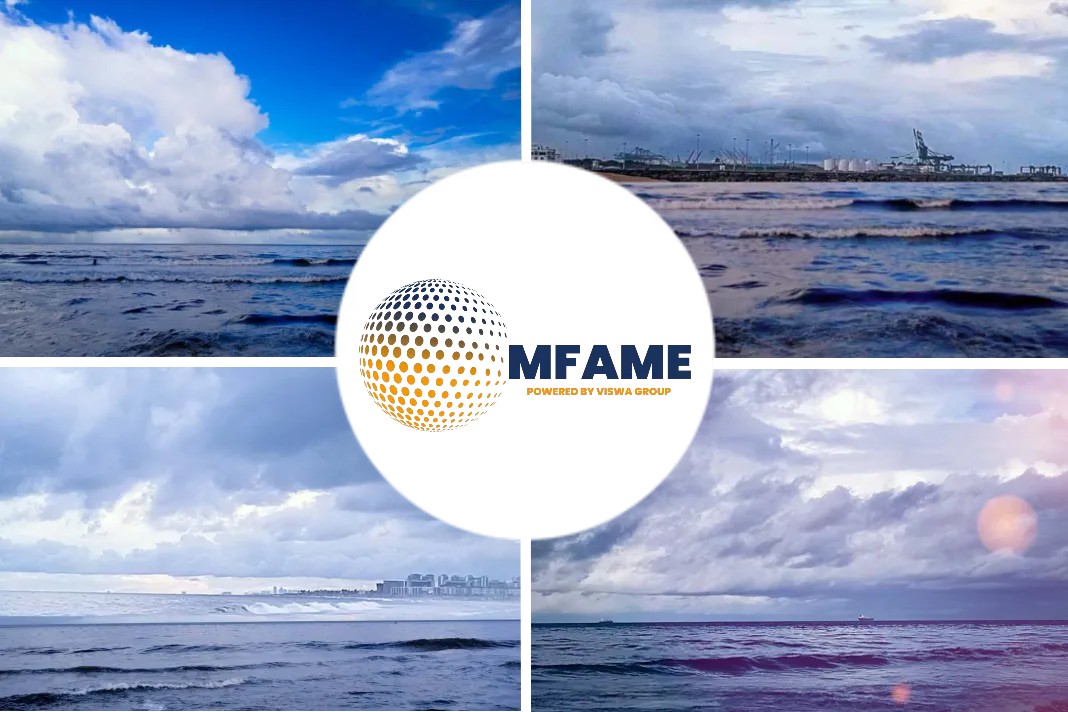- The Navy’s Maneuvering and Seakeeping Basin, or MASK, is one of the world’s largest indoor ocean testing facilities.
- Ships, submarines, and other seagoing vessels are tested here from design to completion.
- The massive wave pool can mimic almost any real ocean condition.
The U.S. Navy’s newest warship, USS Zumwalt, will be a leap forward in the latest seagoing defense technology, says an article published in Popular Mechanics.
Wave-piercing
It will feature an electric propulsion system, a “wave-piercing” pointy bow, and a stealth design, as well as advanced weaponry, according to All Hands, the Navy’s magazine. But before that ship hits the waves, its safety and seagoing capabilities need to be tested in the Navy’s immense indoor ocean facility.
One of the earliest steps to building a new military ship of any kind is to thoroughly vet it for strengths and weaknesses, in the testing waters of the Navy’s Maneuvering and Seakeeping Basin, or MASK. Holding more than 12 million gallons, the 240-foot wide, 360-foot long pool tests military and also non-military vessels for seaworthiness. Those include ships, submarines, and autonomous vehicles that are used to research oceanic conditions.
Full-scale ship
MASK can mimic virtually any sea condition around the world’s oceans. “We can test small-scale models of Navy ships in every single environment that it’s going to encounter as a full-scale ship,” Steve Ouimette, deputy technical director of the Naval Surface Warfare Center in Carderock, Maryland, where MASK is housed, tells Popular Mechanics. “We can totally understand what that big ship is going to do. And this facility allows us to do that.”
The pool itself is 20 feet deep with dark-blue water, with a trench along its length that’s 35 feet deep. Along the sides, a train of long, skinny paddles jut out above the water’s surface and move in a sometimes snakelike way. They can create just about any type of wave a ship may encounter in the ocean, and drop in ship models that range in size from 10 to 30 feet long. Electric motors and a timing belt drive the wave machine’s paddles’ motion, as they rock in and out from the pool wall.
Wave rebound
In 2013, the facility replaced its relatively clunky 21 pneumatic domes, which were slower and less responsive, with 216 individually-controlled paddles built into the border of the pool. About six feet tall and three feet wide, the long, skinny paddles can whip up waves from a variety of angles along the pool, and mimic both long and short irregular waves.
Waves can be spread in any direction as desired. Swells can cover the pool, or they can be localized in one section only. The paddles can even recreate whirlpools, which may happen in the sea when fast-flowing tides enter narrow straits. And a shallow “beach” area can test conditions that occur when waves rebound from shorelines.
3D virtual model
Maybe the most powerful part of the upgraded system is its precise computer control. Testers can design a particular sea condition and program the computer to create it. Operators can call up a 3D virtual model of the types of waves they want, even before a specific wave-maker program is implemented.
Repeatability is the key to accurate testing, says Miguel Quintero, who operates the facility. He and his teams design experiments and build models and instruments for testing. Because the system allows the same test to be run multiple times under the exact same conditions, testers can collect more data and be confident of the results.
Did you subscribe to our daily Newsletter?
It’s Free! Click here to Subscribe
Source: Popular Mechanics



















